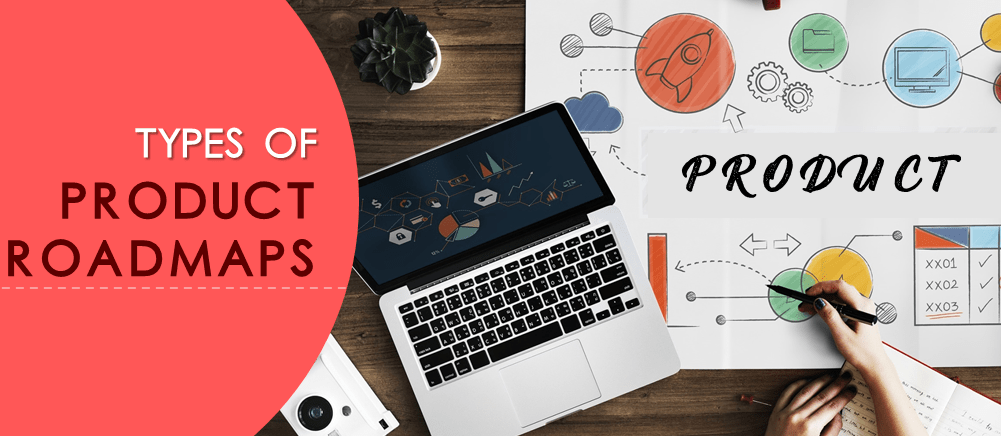
A Theme-based Roadmap is a type of Product Roadmap that focuses on grouping related features and functionalities together under specific themes. This approach allows product teams to align their efforts towards a specific goal or objective, rather than working on features in isolation. Themes can be based on customer needs, business objectives, or market trends. By grouping features together in this way, teams can prioritize and plan development efforts more effectively.
Benefits of Theme-based Roadmap
This approach has several benefits:
- Better alignment with business goals: By grouping features into themes, it’s easier to see how they align with the overall business goals and objectives. This can help ensure that the product development efforts are focused on delivering the most value to the organization. This also can help teams to identify and remove any redundant or unnecessary features, which can save time and resources. Additionally, by focusing on themes, product teams can better understand customer needs and align their efforts toward meeting those needs.
- Improved prioritization: With a theme-based roadmap, it’s easier to identify which themes are most important to the business and prioritize them accordingly. This can help ensure that the most critical features are delivered first, rather than wasting time and resources on less important features.
- Greater transparency: Theme-based roadmaps are often more transparent than other types of roadmaps, as they make it easier for stakeholders to understand the big picture and see how different features fit together. This can help build buy-in and support for the product development effort.
- Better communication: Theme-based roadmaps can also make it easier to communicate progress and changes to stakeholders, as they provide a clear, high-level view of the product development effort.
- A better understanding of dependencies: With theme-based roadmaps, it’s easier to identify dependencies between different features and themes. This can help ensure that teams are working on the right things in the right order and that they are not blocked by other teams.
Steps to create Theme-based Roadmap
Here are a few steps you can take to create a theme-based roadmap:
- Define your themes: Identify the key areas of focus for your product development, such as customer engagement, revenue growth, or cost reduction. These themes will serve as the foundation of your roadmap.
- Identify objectives: Under each theme, define specific objectives that align with your overall business goals. For example, under the theme of customer engagement, your objectives might be to increase user engagement by 10% or to reduce customer churn by 5%.
- Identify initiatives: Under each objective, identify the specific initiatives that will help you achieve that objective. For example, to increase user engagement by 10%, you might launch a loyalty program or invest in social media advertising.
- Assign ownership: Assign ownership for each initiative to a specific team or individual, and provide them with the resources and support they need to execute the initiative.
- Prioritize: Prioritize your initiatives based on their potential impact, feasibility, and alignment with your overall business goals.
- Track progress: Track progress on your initiatives and adjust your roadmap as needed to ensure that you are on track to achieving your objectives.
Example of Theme-based Roadmap
A Theme-based Roadmap for a Meal Delivery Service:
- Theme: Cost reduction
- Objective: Reduce food waste by 20%
- Initiative: Implement a new forecasting and inventory management system
- Initiative: Partner with local farms to source produce
- Initiative: Launch a food donation program for unsold meals
- Theme: Revenue growth
- Objective: Increase subscription revenue by 15%
- Initiative: Launch a referral program
- Initiative: Introduce premium meal options
- Initiative: Expand to new markets
Theme 1: Customization options – This theme would include features that allow customers to customize their meals based on dietary restrictions, preferences, and allergies.
Theme 2: Convenience – This theme would include features that make it easier for customers to order and receive their meals, such as a mobile app, auto-renewal options, and delivery schedules.
Theme 3: Meal planning – This theme would include features that help customers plan and prepare their meals, such as recipe suggestions and meal planning tools.
By grouping these related features together under specific themes, the product team can prioritize which areas to focus on first and align their efforts towards meeting the overall goals of the company.
Conclusion
In conclusion, theme-based roadmaps offer a great way to align product development efforts with overall business goals and customer needs. By grouping related features together under specific themes, teams can prioritize and plan development efforts more effectively, leading to a more successful product.
